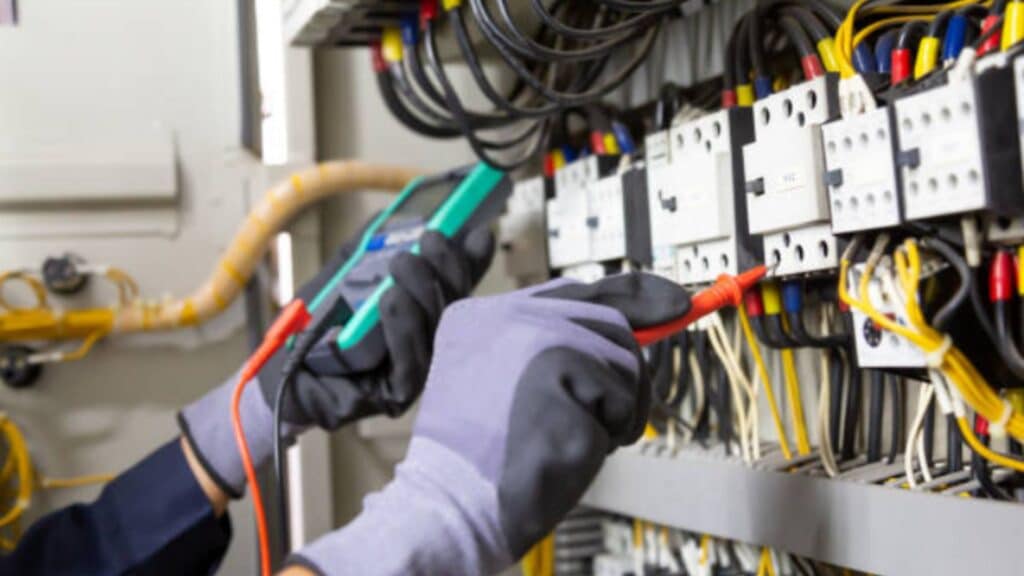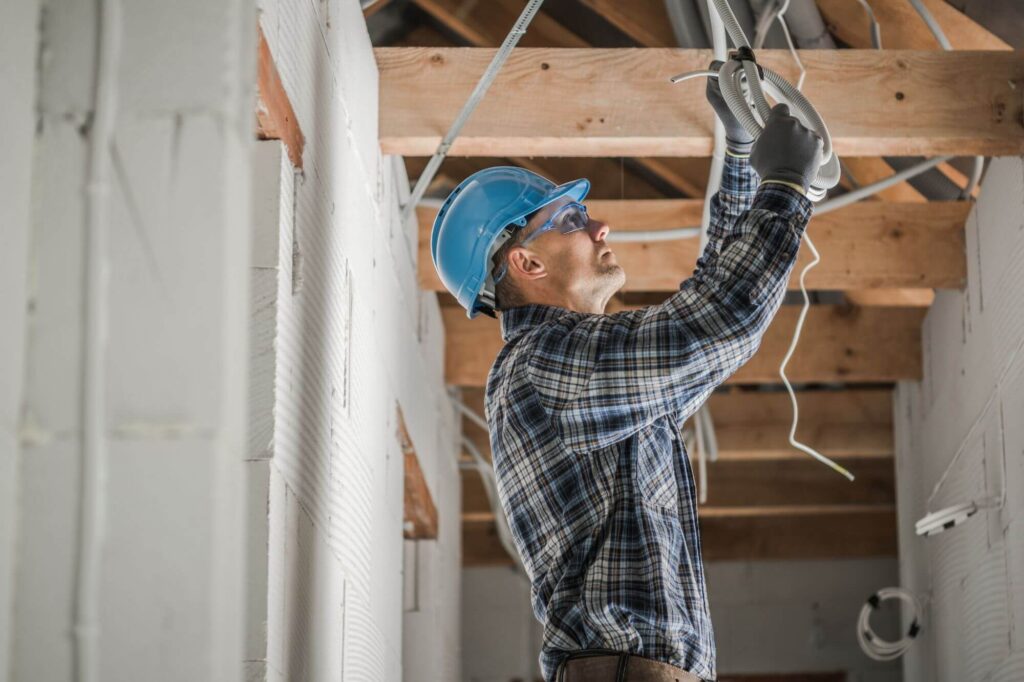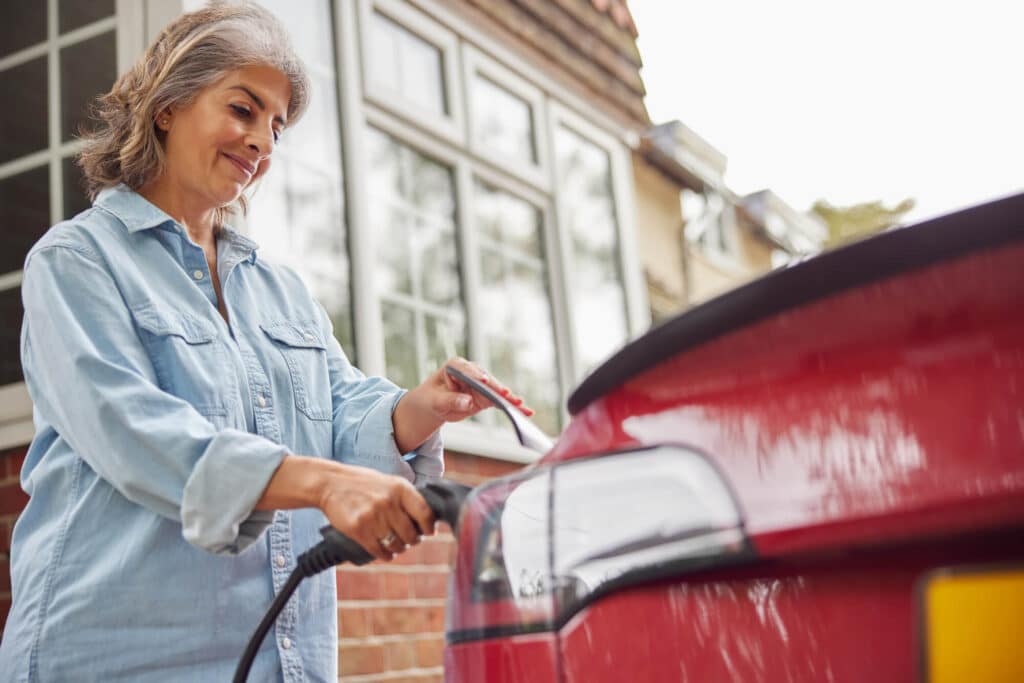
Purchasing a new home in the San Francisco Bay Area is an exciting milestone, but it also comes with the responsibility of understanding and maintaining critical home systems – including the all-important electrical infrastructure. As a new homeowner in this tech-savvy region, knowing the ins and outs of your home’s electrical setup is crucial for ensuring safety, efficiency, and readiness for the future.
The electrical system is the unsung hero that powers our modern homes, from lighting and appliances to entertainment systems and smart home devices. And in the Bay Area, where homes often feature the latest high-tech amenities, a well-functioning, up-to-date electrical system is absolutely essential.
So, what are the key things new homeowners in the San Francisco Bay Area should understand about their electrical systems? Let’s dive in:
Assess the Age and Capacity of Your Electrical Panel
One of the first things you’ll want to evaluate is the age and capacity of your home’s electrical panel, also known as the service panel or breaker box. This is the central hub that distributes electricity throughout the house, and knowing its specifications is crucial.
Homes built before the 1970s often have outdated electrical panels with limited circuit capacity – typically 100 amps or less. In today’s world of high-powered smart devices, appliances, and home charging stations, that level of electrical capacity is often insufficient. Frequent circuit breaker trips, flickering lights, and the inability to power multiple high-draw items simultaneously are all signs that your panel may need to be upgraded.
Look for a panel with at least 200 amps of service, which will provide ample capacity to handle the electrical demands of a modern Bay Area home. Additionally, panels should be equipped with circuit breakers rather than old-fashioned fuses, which are a fire hazard.
If your home’s electrical panel is more than 20-30 years old, it’s a good idea to have a licensed electrician evaluate its condition and make recommendations for an electric panel upgrade. This may involve completely replacing the panel or just adding additional circuits and sub-panels to increase capacity.
Understand Your Home’s Wiring
In addition to the electrical panel, it’s important to have a general understanding of the wiring throughout your new home. Older Bay Area homes, especially those built before 1970, may contain aluminum wiring, which was commonly used at the time but is now considered a fire hazard.
Aluminum wiring is prone to overheating and loose connections, putting your home at risk. Homes with aluminum wiring should have it completely replaced with modern, safer copper wiring by a professional electrician.
Even if your home has copper wiring, it’s a good idea to have an electrician assess its condition, especially in older homes. Over time, wiring can become worn, damaged, or outdated, potentially creating safety issues or failing to meet current building codes.
Pay attention to any signs of aging or damage to the wiring, such as exposed or frayed cables, warm outlets, or flickering lights. Addressing these problems promptly can prevent more serious and costly problems down the line.
Upgrade Outlets and Ensure Proper Grounding
Another key electrical component to evaluate in your new Bay Area home is the outlets and grounding system. Older homes may feature outdated, two-prong outlets that lack the important third grounding prong. These ungrounded outlets pose shock and fire hazards and should be replaced with modern, three-prong, grounded outlets.
Additionally, homes should have a proper grounding system to protect against electrical surges, power spikes, and lightning strikes – all of which can be common occurrences in the Bay Area. This involves ensuring the home’s electrical system is connected to a grounding rod or other grounding mechanism.
Upgrading outlets and improving grounding is an important safety measure, especially in a region prone to power quality issues. A licensed electrician can evaluate your home’s outlets and grounding and recommend any necessary upgrades.
Be Prepared for Power Outages
Frequent power outages are a frustrating reality for many Bay Area homeowners, particularly during the region’s wildfire season when utility companies may need to implement preemptive blackouts. As a new homeowner, it’s essential to have a plan in place to weather these power interruptions.
Consider investing in a whole-home backup generator that can automatically kick on during an outage, providing continuous electricity to power critical systems and devices. Portable generators are another option, though they require manual operation and have more limited runtime.
Having a well-stocked emergency kit, flashlights, and other backup power sources on hand can also help you and your family stay comfortable and safe until grid power is restored.
Additionally, be sure to have the contact information for your local utility provider readily available so you can quickly report outages and get updates on restoration efforts.
Safeguard Against Electrical Surges
The Bay Area’s mild climate and technological advancements come with their own set of electrical challenges, including the risk of power surges, brownouts, and lightning strikes. These sudden spikes in voltage can damage sensitive electronics, smart home devices, and major appliances if your home isn’t properly protected.
Installing a whole-home surge protector at your electrical panel is an essential upgrade for new Bay Area homeowners. These devices monitor the electrical current and instantly divert dangerous power surges away from your home’s wiring and connected devices.
You should also consider using high-quality surge-protected power strips for individual electronics and appliances. And be sure to unplug devices during severe storms when the risk of lightning-induced surges is highest.
Preparing for the Electric Vehicle Transition
As electric vehicle (EV) adoption continues to rise in the tech-savvy Bay Area, new homeowners should evaluate their electrical infrastructure’s readiness to support home charging stations.
Most modern EVs require a 240V Level 2 charger for faster, more efficient home charging. However, many older homes may not have the necessary electrical capacity or circuits to handle this high-power demand. Attempting to charge an EV using a standard 120V household outlet can overload the circuit and potentially create safety issues.
As a new homeowner, it’s a good idea to consult with a licensed electrician to assess your home’s electrical system and determine what upgrades might be needed to install a Level 2 EV charger, either now or in the future. This may involve adding a dedicated 240V circuit and potentially upgrading your electrical panel.
Taking the time to future-proof your home’s electrical system for EV charging can save you time, money, and hassle down the road as electric vehicles become even more mainstream in the Bay Area.
Prioritize Regular Maintenance and Inspections
Finally, as a new homeowner in the San Francisco Bay Area, it’s crucial to prioritize regular electrical system maintenance and professional inspections. Even a well-designed, up-to-date electrical infrastructure requires ongoing care to ensure safety and optimal performance.
At a minimum, you should have your home’s electrical system inspected by a licensed electrician every 3-5 years. They can identify any potential issues, recommend necessary upgrades or repairs, and ensure your home meets current building codes and safety standards.
Additionally, be proactive about basic electrical maintenance tasks, such as:
- Checking circuit breakers and GFCI outlets monthly
- Replacing worn or damaged outlets and light switches
- Cleaning dirt and debris from the electrical panel
- Trimming trees and vegetation away from overhead power lines
By taking a proactive approach to electrical system maintenance and being aware of common issues facing Bay Area homes, new homeowners can help safeguard their property, protect their family, and future-proof their home’s power capabilities.
Navigating the complexities of a home’s electrical system may seem daunting, but with the right knowledge and professional support, new Bay Area homeowners can ensure their property is safe, efficient, and ready to power their lifestyle for years to come.



